“WiseSearch” is now available at CEIBS Library, empowering you to swiftly retrieve articles from major social media platforms, effectively capturing market dynamics and public opinion trends.
By integrating comprehensive data access, big data analytics, and advanced search technologies, it delivers the most reliable and accurate information. Its analytical capabilities provide in-depth insights into real-time discussions on various topics, companies, products, and more, enabling you to stay ahead of market developments and enhance sustainable competitive advantage. Its AI Insight feature empowers more efficient, simple, and straightforward "content" analysis. It rapidly extracts and summarizes core information from keyword searches, transforms complex data into concise, easy-to-understand insights, and presents them intuitively. Welcome to try it out!
Quick Search:
Provides keyword search with direct input.
Supports connectors AND, OR, and NOT for building search logic and creating more precise search conditions.
Allows filtering by various tags such as topic, industry, group/company, brand/product, and listed companies. Each tag supports keyword lookup (e.g., entering stock codes for listed companies).
Enables date range selection, including options for today, yesterday, recent three days, recent week, recent two weeks, recent month, recent six months, or custom date ranges. Supports a maximum time span of up to five years.
Offers search scope customization by specifying keyword positions to refine results, such as full-text search, first-paragraph search, within-the-same-paragraph search, or within-the-same-sentence search.
Includes negative keyword search to quickly identify negative information related to specific industries, companies, brands, products, or individuals.
Additional options allow custom synonym keywords and creation of personalized sub-libraries.
Save and Send:
Frequently used keywords or tags can be saved for specific searches.
You can also send your search result by e-mail.
Search Results Display:
The search results page is organized to distinguish between different media sources—such as newspapers, websites, social media, forums, and blogs—displayed at the top. Users can browse multiple articles at once, sort them by various criteria, and cluster results by title or content. Articles can be presented in a list or table format, with the option to show or hide summaries.
The left sidebar integrates result filtering, popular reports, and chart analysis functions, allowing smooth and convenient switching between features.
Popular Reports: This section displays "Hot Report Keywords" and a "Popular Reports Ranking." The system extracts the most frequently occurring keywords from popular articles and showcases them. It also automatically selects the 10 articles with the highest number of similar news items for ranking.
Chart Analysis: Users can view analysis charts generated in real time, e.g. trending topics, companies with the highest media coverage volume, top-performing brands, best-selling products, articles containing negative keywords, media outlets with the highest article output, media type distribution, regional distribution of articles by volume, etc. Additionally, editing and export functions are supported.
Save retrieved articles to "My Folder".
Comparative Analysis: This feature enables quick comparison of similar events or the same event across different time periods, highlighting popular topics and dissemination patterns to intuitively visualize differences in exposure. Users can add 2 to 6 comparison criteria and access nine types of comparative charts—including event trends, report volume, article length, top media by coverage, highest distribution by region, most active authors, media sources, popular reports, and hot word discovery. All charts support editing and exporting.



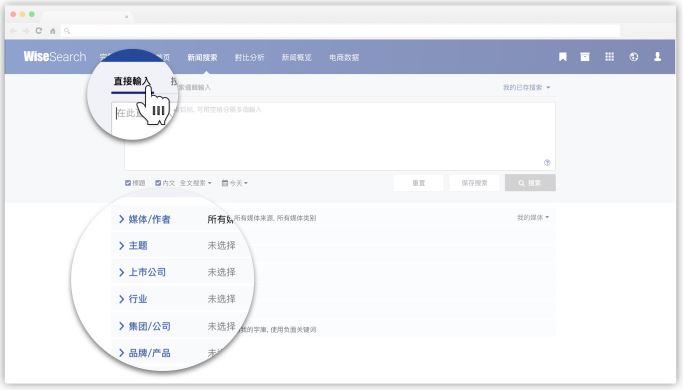
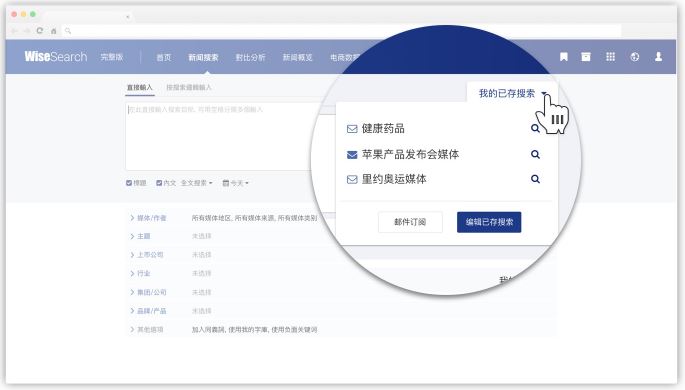
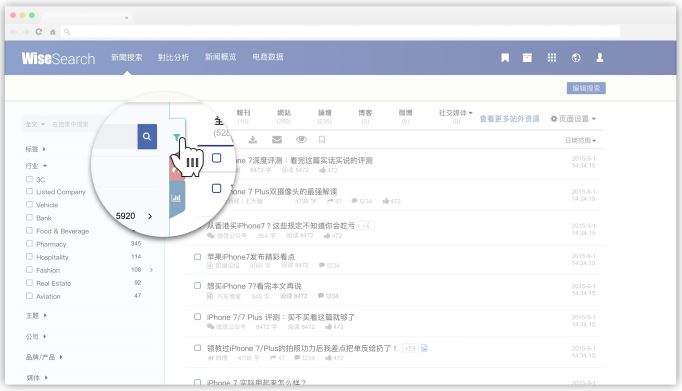
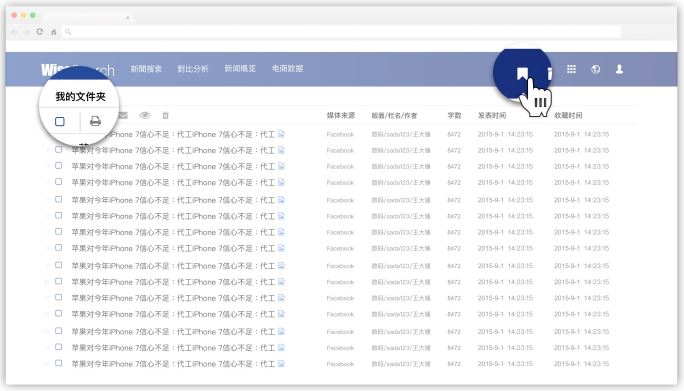
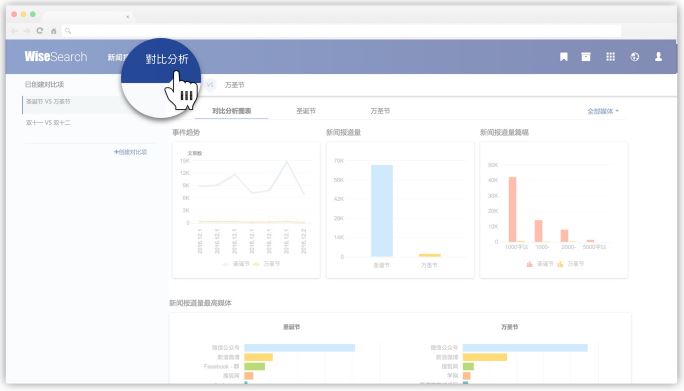

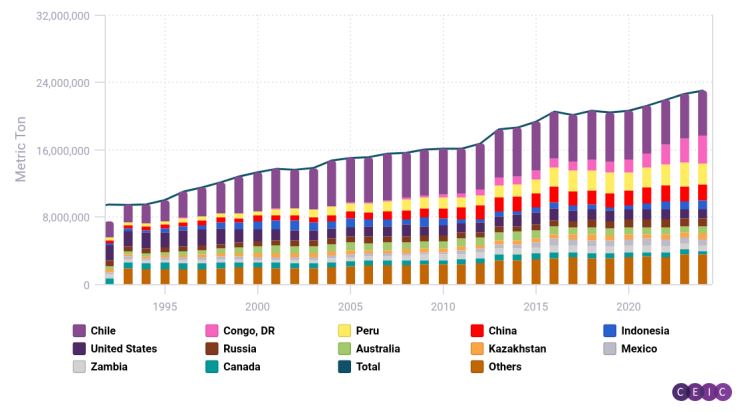
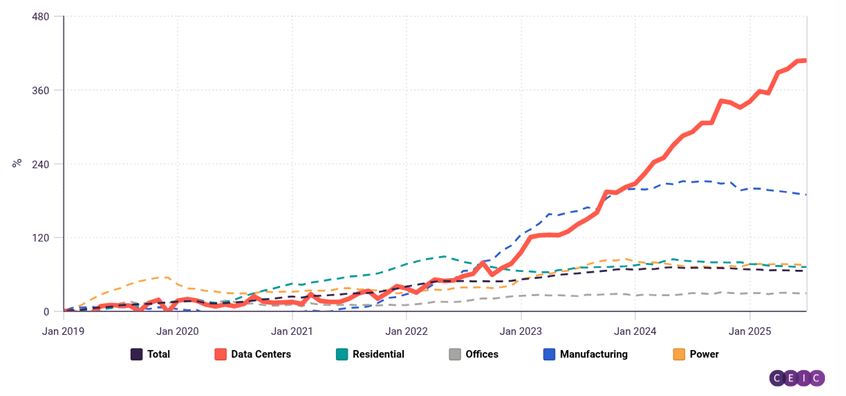


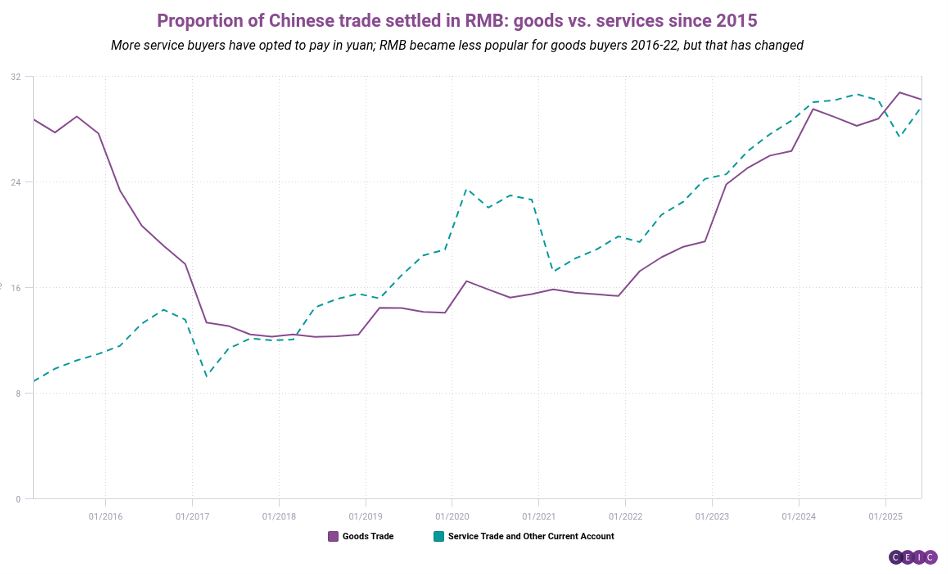
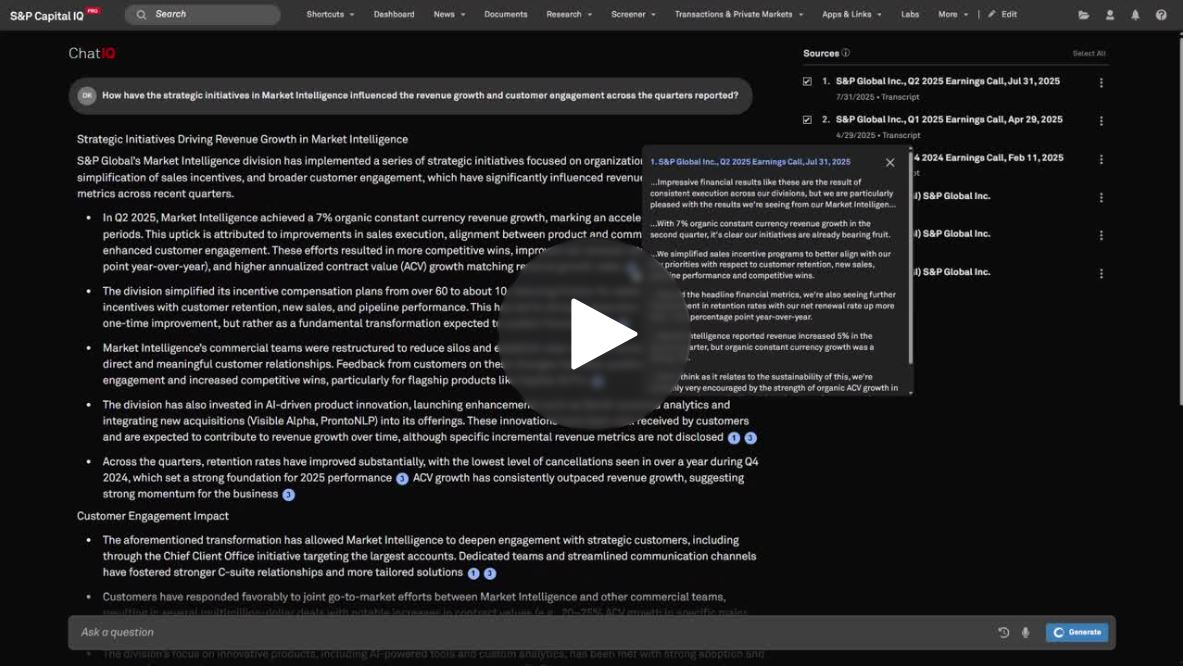
I/B/E/S Estimates is now available for access through WRDS platform at CEIBS Library. It is a database from LSEG (London Stock Exchange Group) known as the Institutional Brokers' Estimate System (I/B/E/S).
I/B/E/S is an historical earnings estimate database containing analyst estimates for more than 20 forecast measures - including EPS (earnings per share), revenue, price targets, EBITDA and pre-tax profits - available on both consensus and detailed levels, covering both U.S. and international companies. The database also includes buy-hold-sell recommendations.
IBES Academic is a comprehensive expectation database and is ideal for research and back-testing of investment theories and proprietary models.
Price Target, Secondary Revision Momentum, Summary Statistics, Summary Statistics (2nd Mean), Surprise History
Welcome to access LSEG IBES through the WRDS platform.
A platform providing the business intelligence, data analytics, and academic research.